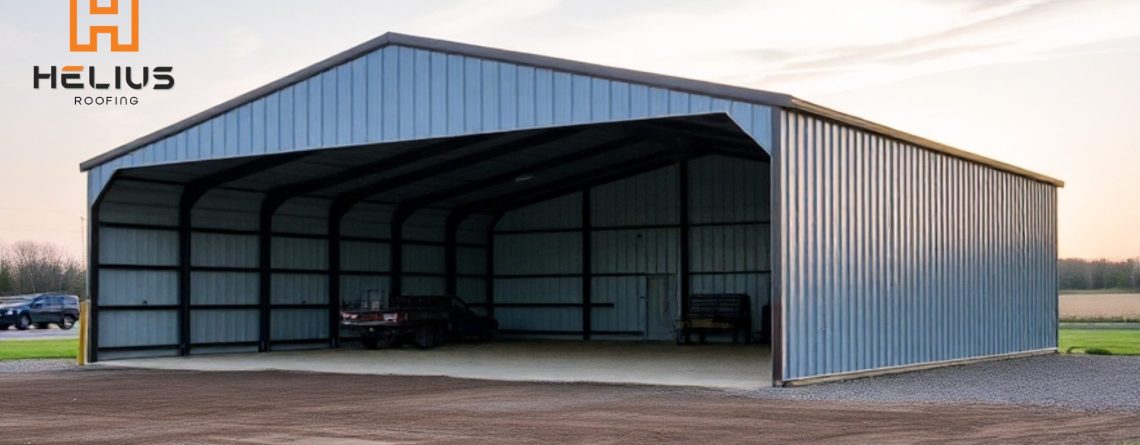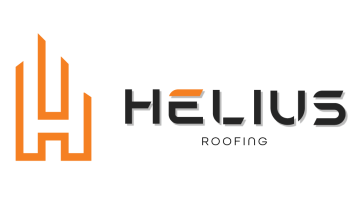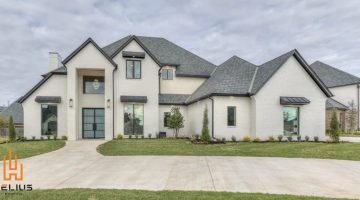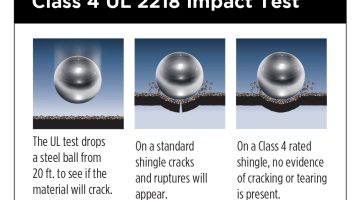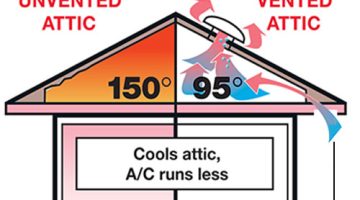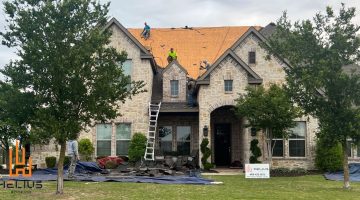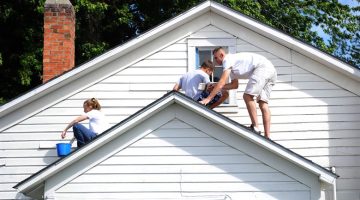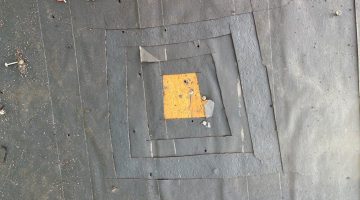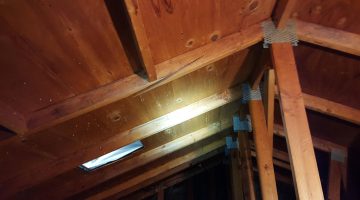By Helius Roofing & Construction
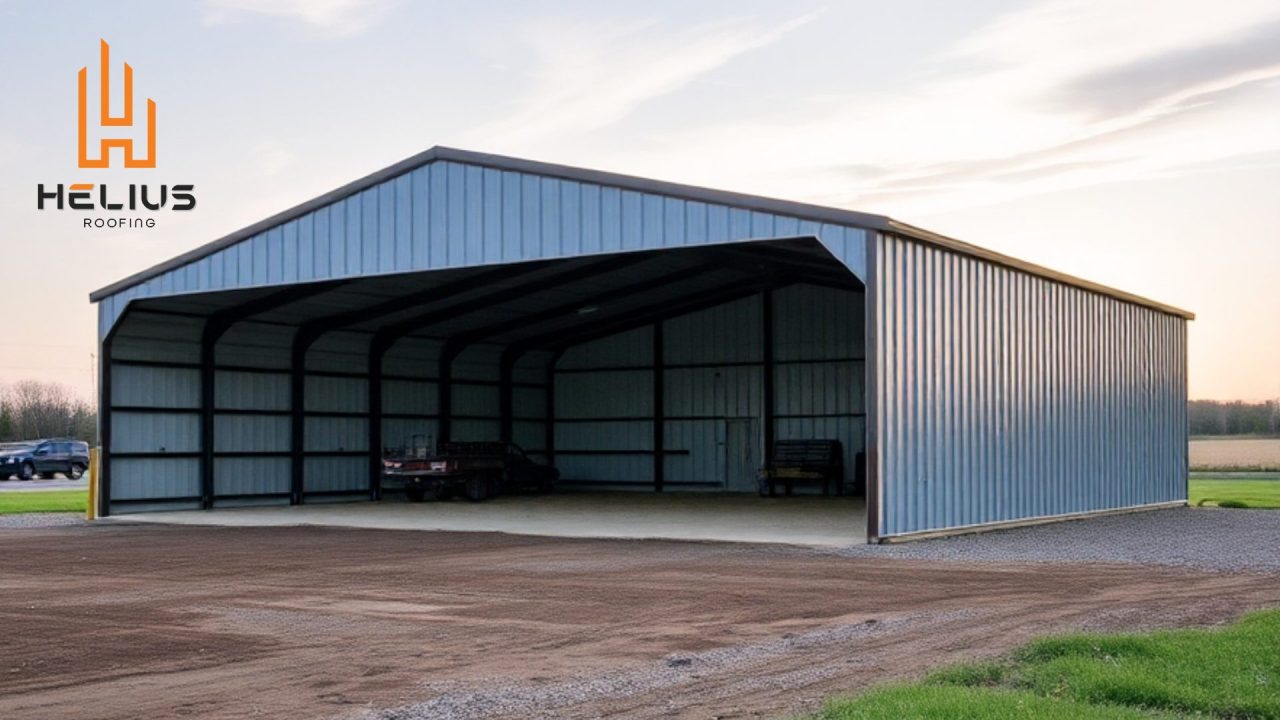
Metal buildings are a popular choice for various applications, from workshops and garages to commercial spaces and agricultural storage. However, selecting the right site for your metal building is one of the most important decisions in the planning process. The location you choose will affect not only the functionality of the building but also the overall cost, long-term maintenance, and structural integrity. In this article, we will explore key factors to consider when selecting the site for your metal building.
1. Zoning and Building Codes
Before any construction begins, it’s crucial to understand the zoning regulations and building codes in your area. Zoning laws dictate how land can be used and may have specific restrictions regarding the types of buildings allowed, their size, height, and location on the property. For instance, residential zoning may not permit commercial metal buildings, or agricultural zones may have restrictions on building height.
Consult with your local zoning office or hire a professional who can ensure your project complies with all local regulations. Building codes will also dictate structural requirements, fire safety standards, and other critical factors that can impact your site selection and overall building design.
2. Site Accessibility
Accessibility is another critical factor in determining the best site for your metal building. Consider how easy it will be for vehicles, machinery, or customers to reach your building. If you plan to use the structure for commercial purposes, ensure that it is conveniently located for both deliveries and visitors. Access roads should be wide enough to accommodate trucks or large vehicles.
For agricultural or storage purposes, assess the accessibility for farm equipment, and ensure that loading and unloading will be smooth. Also, consider future expansion needs—choosing a location that can support additional structures or parking spaces in the future can save you from needing costly relocations or modifications later.
3. Land Topography and Soil Condition
The topography of your land can influence the ease and cost of construction. A flat, level site is ideal for metal buildings, as it reduces the need for extensive excavation, grading, and foundation work. If your site has significant slopes or uneven terrain, you may need to invest in additional site preparation, which can increase costs.
Soil quality is another essential consideration. The soil must be stable enough to support the weight of your metal building and its foundation. Conduct a soil test to determine its load-bearing capacity and drainage characteristics. Poor drainage can lead to water accumulation around the building, which can cause long-term damage to the foundation.
4. Climate Considerations
The local climate plays a significant role in how your metal building will perform over time. Metal buildings are known for their durability, but specific climatic factors may affect their design. In regions prone to heavy snowfall, the building’s roof should be engineered to withstand the added weight. If you live in a coastal or hurricane-prone area, wind resistance should be a top priority when selecting your site and building materials.
Additionally, the site should allow for optimal drainage to prevent water pooling around the foundation. Installing proper insulation and ventilation is also critical in regions with extreme temperatures to maintain interior comfort and energy efficiency.
5. Orientation of the Building
The orientation of your metal building can have a significant impact on its energy efficiency, comfort, and overall functionality. Positioning the building to take advantage of natural sunlight can help reduce heating costs during the colder months. South-facing windows, for example, allow for passive solar heating, which can be a great way to improve energy efficiency.
In hotter climates, you may want to position the building to minimize direct sunlight during the day, reducing the need for air conditioning. Additionally, prevailing winds should be considered when positioning the building to maximize natural ventilation and cooling.
6. Utilities and Infrastructure
When choosing a site for your metal building, it’s important to consider the availability of utilities such as water, electricity, gas, and sewage systems. If utilities are not readily available on the site, you may need to invest in extending services to the building, which can be costly and time-consuming.
You should also evaluate the location of nearby power lines, septic tanks, or wells to ensure your metal building won’t interfere with essential infrastructure. Planning for future utility needs is also important if you anticipate expanding the building or adding additional services.
7. Drainage and Flood Risk
Good drainage is vital to maintaining the structural integrity of your metal building. Poor drainage can lead to water pooling around the foundation, which may cause erosion, rust, or even structural damage over time. When selecting a site, make sure it is located on higher ground and sloped away from the building to encourage proper water runoff.
Additionally, check floodplain maps or consult local authorities to determine whether the area is at risk for flooding. Even if the site is not within a designated flood zone, heavy rains and poor drainage can still lead to water issues. Installing a proper drainage system during construction can prevent future water-related problems.
8. Wind Exposure
While metal buildings are generally more wind-resistant than traditional structures, excessive wind exposure can lead to higher wear and tear over time. If your site is in an area prone to strong winds, consider installing windbreaks, such as trees or fencing, to reduce wind impact. You can also position your building in a way that minimizes exposure to prevailing winds.
Choosing wind-rated doors, windows, and roof materials will further enhance the structure’s resilience. Consult with your metal building provider to ensure the design accommodates your local wind conditions.
9. Environmental Impact
When selecting a site for your metal building, consider the environmental impact your construction may have on the surrounding area. Avoid sensitive ecosystems such as wetlands or wildlife habitats, and make sure your project complies with any environmental regulations that may apply.
You can also explore eco-friendly building options, such as incorporating solar panels, rainwater collection systems, or sustainable materials in your design. Taking the environment into account not only minimizes your impact but can also improve your building’s energy efficiency and sustainability in the long run.
10. Cost of Site Preparation
The costs associated with preparing the site for your metal building can vary widely depending on factors like the topography, soil condition, and accessibility. While a flat, level site may require minimal grading, a sloped or uneven site may require extensive excavation work, which can increase your project’s budget.
Additionally, factors such as tree removal, clearing debris, or installing utility lines can add to the overall site preparation costs. Be sure to account for these expenses when budgeting for your metal building project and factor them into your site selection criteria.
11. Security and Safety
Finally, consider the security and safety of the location when choosing a site for your metal building. If you’re storing valuable equipment, vehicles, or inventory, selecting a site with limited public access or installing security features such as fences, cameras, or alarm systems may be necessary.
For buildings used for residential or commercial purposes, proximity to emergency services, fire stations, or hospitals may also be a consideration. Additionally, ensure the site has proper lighting and clear entryways to minimize any potential safety risks.
Conclusion
Choosing the right site for your metal building is a crucial step in ensuring the longevity and functionality of your investment. By considering factors such as zoning laws, accessibility, soil quality, drainage, and climate, you can avoid costly mistakes and ensure your metal building performs optimally for years to come. At Helius Roofing & Construction, we specialize in helping clients navigate these decisions and provide expert guidance to ensure your project is successful from start to finish. Contact us today to learn more about our metal building services and how we can assist with your next project.

